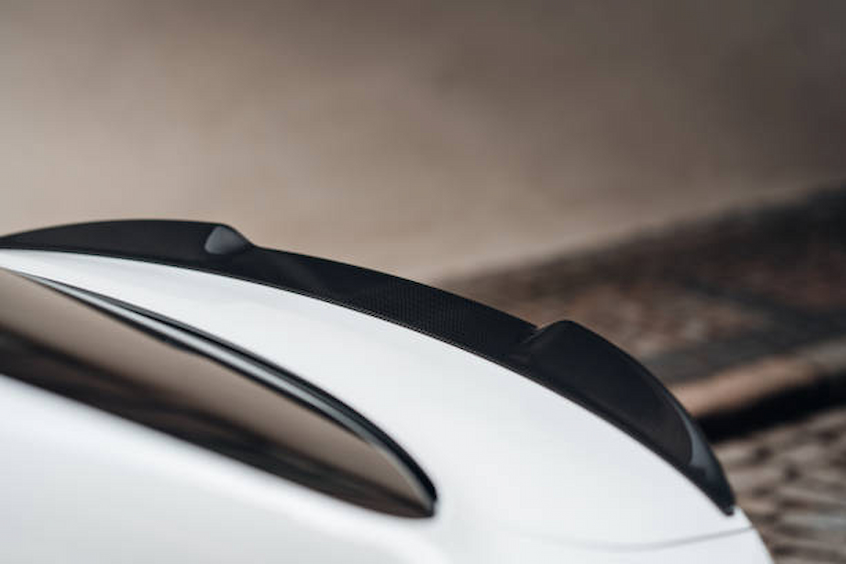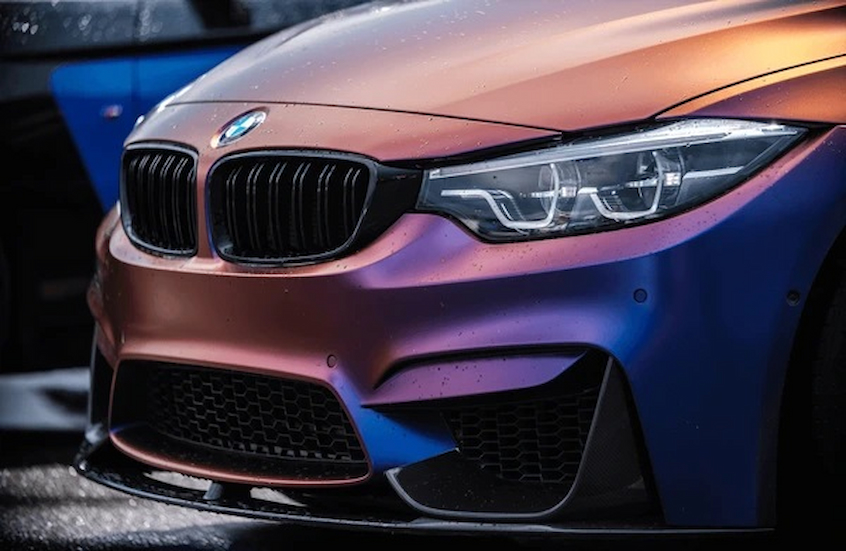
Body Kits 101: Everything You Need to Know Before Upgrading Your Ride
Apart from expensive performance and engine upgrades, it’s the finer car details that turn more heads. Different car body kit parts often don’t get the attention they deserve, but they’re an easy way to personalise your ride and transform even everyday cars into something worth driving. For car enthusiasts and die-hard gearheads, parts will also bring numerous benefits beyond better looks.
What Body Kits Are
Simply put, well-designed car body kits include a collection of exterior parts designed to modify a stock car’s appearance while also adding performance and aero boost. Kits often include bumpers, spoilers, side skirts, diffusers and other aerodynamic elements for a complete car makeover. Parts can be packaged as manufacturer options (M-Sport BMW packages and S-Line Audi options, among others), come as factory additions in higher trim models or, as is more often the case, as aftermarket kits from specialist tuning houses and manufacturers.
Role and Benefits of Packaged Body Kits
Packaged bodykits do two things well – add an aero edge and improve aesthetics. Aerodynamic benefits stem from channelling oncoming air over, under and away from the car, and in the process, reducing the negative effects of wind resistance and drag while increasing downforce. This improves high-speed and cornering stability, significantly boosts traction through the tyres and provides a more direct steering feel for improved control.
Moreover, cars exhibit less body roll and braking distances are vastly shorter. Combined, this enhances performance and handling with a car that’s more responsive to throttle input, one that sticks to the road regardless of speed, and one that builds confidence in any driving scenario.
The aesthetic considerations revolve around bodykits that mirror your personality. Kits can accentuate aggressive looks with wider bumpers or large rear wings, turn mundane cars into show-stoppers, and provide styling elements that single your vehicle out from the crowd. The race-ready look also says that you’re driving something special.
But there’s more to aftermarket bodykits than aerodynamics and appearance. Parts go intentionally bigger and wider to provide space for performance additions such as big-brake kits, are designed to maintain the performance edge with inclusions like vents for improved engine, brake and suspension cooling and are built to a higher standard and provide more durability and impact resistance on varied road surfaces. So are they work the cost? Definitely.
Common Types

While car exterior parts are sold separately, they work better when combined with other exterior elements packaged in purpose-built bodykits. Common types include:
- Lip kits: These attach to the front of the car, as an addition to the stock bumpers and include more pronounced front lip splitters. The parts “split” oncoming air by redirecting more of it over the car to generate downforce. Splitters are often combined with side skirts to prevent air pooling under the car from the sides, and rear diffusers to deal with remnant air and keep the rear axle in line with the front.
- Bumper kits: for a wider stance, consider bumper kits. These include oversized front and rear bumpers, often set lower to the ground, and providing space for style and performance extras like bigger grilles, air dams for improved cooling, or larger tyre and wheel combos for added grip. Variations, such as wide body kits, throw in bigger wheel flares to complement the look.
- Aero kits: These do exactly as stated on the box – maximise downforce, reduce drag and lift, and get more traction in the tyres. Parts packaged in aero kits are front spoilers, splitters, side skirts, rear diffusers and larger rear wings.
Choosing the Right Body Kit
Once you’ve decided what you want from a body kit and chosen the type that best meets your expectations, consider materials, car compatibility and pricing. Materials determine durability and how individual parts go with the rest of the car. Different materials also impact overall weight.
Lower-cost options, such as fibreglass, have lower weight than metal parts, are customizable and easy to shape into intricate shapes and dimensions, are inherently corrosion resistant, and most importantly, they offer good strength and rigidity. Downsides are that fibreglass car parts have lower flexibility and are prone to cracking, need more work to get a smoother finish and often require a professional fit, upping overall costs.
Polyurethane kits go one better, with good flexibility and durability, especially in parts that sit lower towards the road. They also have better impact and scratch resistance and a reduced likelihood of fading in longer UV exposure. Installation is also easier. Downsides are the higher weight, lower heat resistance (leading to warping) and slightly higher costs. Polyurethane car exterior body parts are also harder to paint due to reduced paint adhesion, so colours can seem off.
Carbon fibre is the performance option, with much higher strength (5 times that of steel), exceptionally low weight, high stiffness, excellent flexibility, and has unmatched corrosion and UV resistance for parts that last. The material also comes in distinct weave patterns, providing a sleek, performance look without the need for painting. The only downsides are the high purchase and labour costs. This is the material for serious track work and if aerodynamics and handling are the main reasons you’re looking at bodykits.
Materials are the biggest determinant in body kit pricing, though not the only one. Prices vary depending on the included parts, part complexity and size, and whether they are part of pre-designed kits or are installed as custom options. Manufacturers with established builds will also charge more. With that said, getting the right body kit largely depends on correctly sizing each part to your car, with no gaps or misaligned bodywork.

